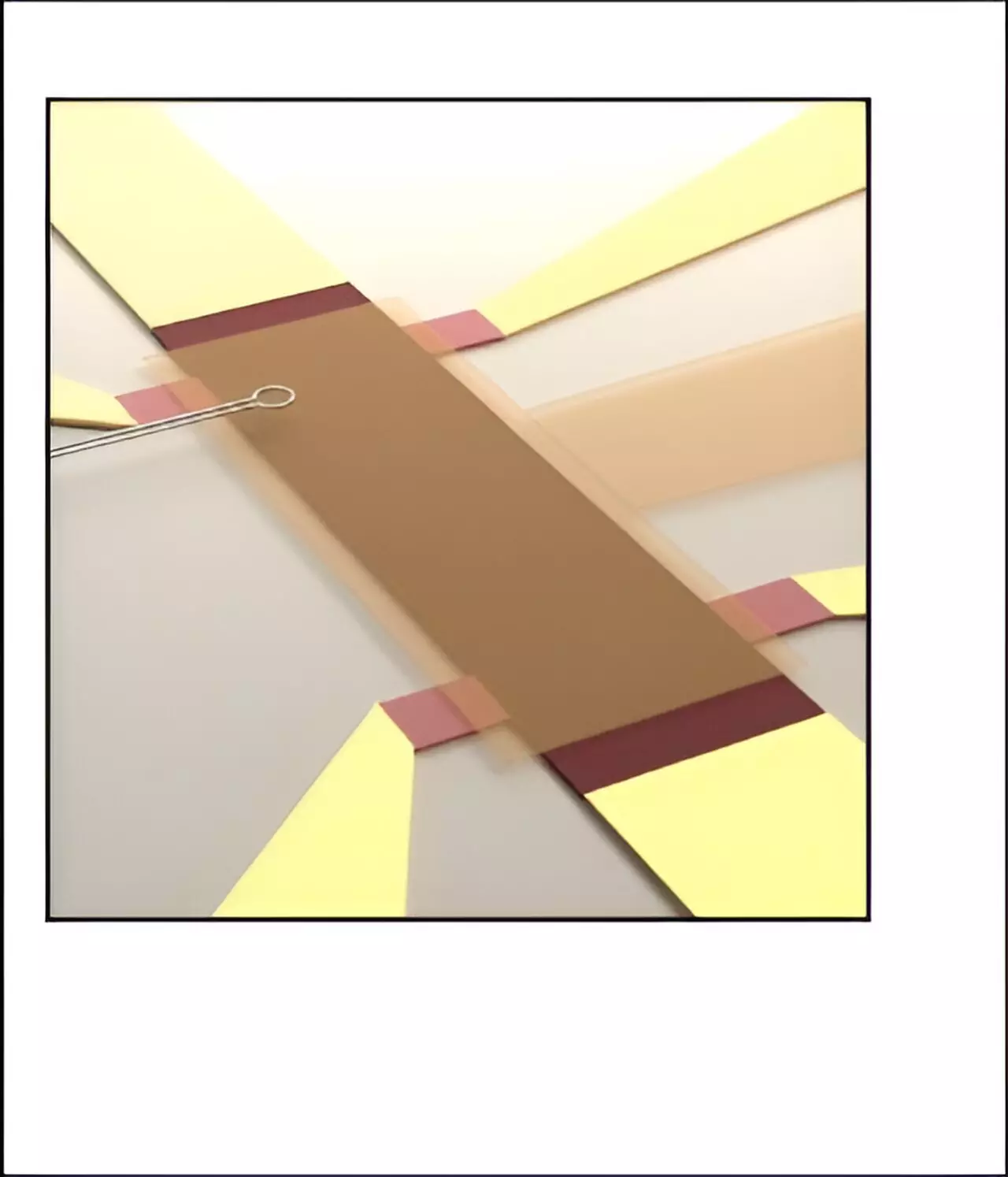Topological protection is a phenomenon in physics that secures certain physical properties against external perturbations. This mechanism offers remarkable robustness, shielding experimental results from disruptions that typically affect other forms of matter. However, such resilience comes at a cost: it enforces a form of topological censorship, which conceals significant microscopic details hidden beneath these global properties. While this censorship ensures that basic theories yield topologically accurate predictions, it often obstructs the deeper understanding of the underlying systems, leaving researchers longing for clarity amid the obfuscation.
Recently, groundbreaking experiments, spearheaded by researchers Douçot, Kovrizhin, and Moessner, have begun to peel back the layers of this theoretical veil. Their work, published in the *Proceedings of the National Academy of Sciences*, not only challenges established assumptions within the field but provides a comprehensive microscopic theory that elucidates previously obscured facets of quantum phenomena. Their investigation reveals an unexpected nuance—the presence of a meandering edge state responsible for carrying topologically quantized current, diverging sharply from traditional expectations.
The significance of topological states of matter became widely recognized following the Nobel Prize in Physics awarded in 2016 to David J. Thouless, F. Duncan M. Haldane, and J. Michael Kosterlitz. This triumvirate gained acclaim for their theoretical discoveries concerning topological phase transitions and the existence of exotic phases of matter that do not conform to conventional definitions. These topological states are unique because their robustness arises from the geometric configuration of their quantum wavefunctions. Disrupting these states would require a significant alteration of their quantum properties, akin to “unwinding the knots” in their intricate wavefunctions.
At the forefront of this exploration is the quantum Hall effect, a phenomenon characterized by quantized resistance that has been foundational in the study of topological phases. Initially observed over three decades ago, it reshaped our understanding of resistance as it applies to metrology and spurred excitement in the realm of quantum computing. The potential for utilizing topological protection in safeguarding quantum information has opened doors to innovative theoretical frameworks and experimental pursuits in this nascent field.
Despite the promise of topological protection, the phenomenon of topological censorship complicates experimental endeavors aimed at unraveling the local properties of these exotic phases. Researchers have primarily recorded global attributes, such as quantized resistance measurements, thus limiting the accessibility of richer, localized data. This limitation is reminiscent of black holes, where the event horizon obscures internal properties from observation.
Central to the concerns generated by topological censorship is the notion that current flow in the quantum Hall effect predominantly transpires along the edges of samples. This understanding, which has been validated through various experiments, has been recently questioned. Investigations conducted at Stanford and Cornell uncovered evidence that the flow of current in Chern insulators—states predicted yet not fully realized until 2009—can exhibit behaviors contrary to established expectations. These findings indicate the possibility of significant bulk contributions to current flow, which starkly contrasts with the traditional edge-centric view.
The collaborative study led by researchers at the Max Planck Institute (MPI-PKS) in Dresden and Paris aims to advance the dialogue surrounding these puzzling results. Their analysis provides a theoretical framework that accounts for incidents previously attributed to topological censorship. Specifically, they identify unique mechanisms enabling the presence of bulk transport that substantiate earlier experimental observations.
A notable aspect of their findings is the identification of a meandering conduction channel, akin to a river winding through a landscape, which carries quantized bulk current. This discovery dismantles the entrenched idea that current solely occupies narrow edge channels, offering a more nuanced understanding of Chern insulators’ behavior. Topics that have received considerable attention traditionally now appear in a new light, prompting a re-evaluation of existing theories.
As the researchers ponder the distribution of charge current within Chern insulators, they draw attention to the wealth of hidden information obscured by topological censorship. Their work signals a critical juncture in the study of topological states of matter, initiating a call for further experimental exploration that may illuminate the intricate details of these exotic phases.
As the field progresses, it is incumbent upon researchers to undertake new investigations that delve deeper than surface-level properties, aiming to elucidate the behavior of quantum states without the constraints of topological censorship. The collaborative efforts presented by Douçot, Kovrizhin, and Moessner inspire a future where the complexities of topological matter are no longer shrouded in mystery, paving the way for a richer understanding of the quantum realm.


Leave a Reply